They were the posh must-have of the 1970s, and now it appears the Great British conservatory is undergoing something of a resurgence in a tough housing market where space is at a premium for homeowners stuck on the property ladder.
Wood or UPVC windows and doors are the norm in most British homes, making the addition of UPVC or wood conservatories a simple space solution, and all for the price of a decent family car!
Around 200,000 new conservatories are built each year. Planning permission is not required under the terms of permitted development rights (within limits), lending more credence to the idea of a conservatory as a budget-friendly, simple solution to space needs.
The Benefits of a Conservatory
-
Offers a bright, pleasant, airy space close to nature without braving the raw British climate
-
Extra space for a low financial outlay.
-
An increase in property value of 4-5%
-
Superb views, especially in places like coastal regions where the weather is changeable but the view is always terrific.
-
Extra light is often a great side effect of installing a conservatory, especially if a wall has been opened up to accommodate it.
Environmental Issues
The arguments for and against plastics mostly revolve around which material makes the most environmentally ethical choice – wood or plastic. The British Plastics Federation (BPF) has long promoted UPVC conservatories and frames as a good green choice. According to the BPF, the strength and durability of plastics raises them above wood, which needs to be repainted and replaced more often than its plastic counterpart.
Maximising Green Credentials in the Home
Old fashioned double-glazed glass still loses seven times more heat than a solid wall. Looking to new technologies to create conservatories with superb performance in terms of minimising heat loss is fortunately something homeowners can now do.
A key concern for homeowners should be the amount of energy they use for heating. According to the Intergovernmental Panel on Climate Change, the amount of CO2 emissions that can be tracked back to simply heating a home, cooking and watching TV accounts for around 28% of the UK’s total CO2 emissions.
Conservatories can help combat such excessive CO2 production via passive solar heating, which basically means they act as a huge draft excluder and sun trap, reducing the amount of energy needed to heat a home.
Modern conservatories are exceptionally good at minimising heat loss, making them useful rooms all year round. New roofing technologies, in particular, have significantly improved the insulation credentials of modern conservatories, meaning homeowners can count the room as a useful space throughout the year, not just in warmer months.
But what about folks with older conservatories? A new, properly insulated roof could offer older conservatory designs a great practical solution to heat loss issues. There are plenty of reliable companies out there, many of which are part of national networks of trusted suppliers. Finding a great local firm is all about reputation, and starting the hunt online is generally a great idea in the age of social media and trade ratings websites.
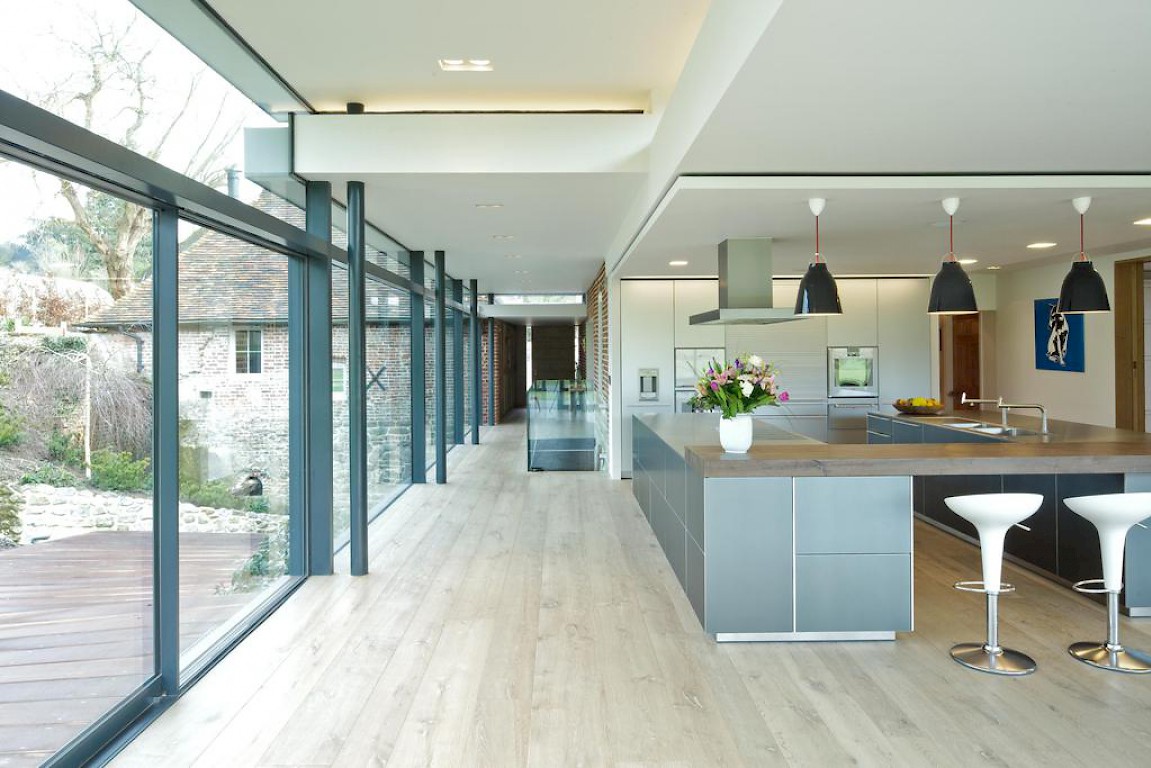
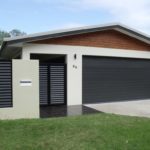
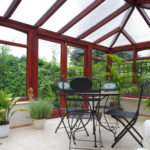


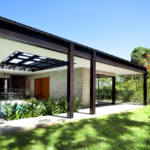
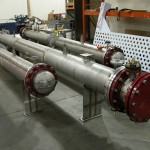
Leave a Reply
You must be logged in to post a comment.